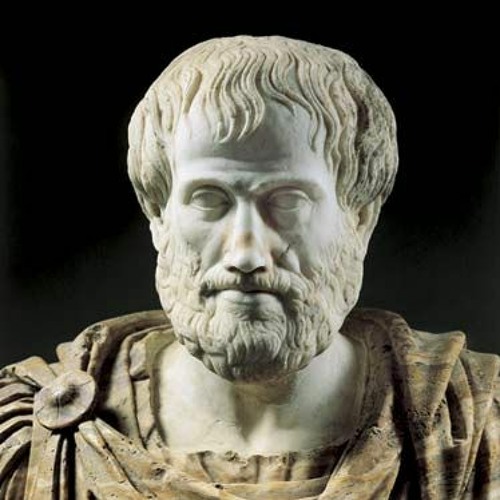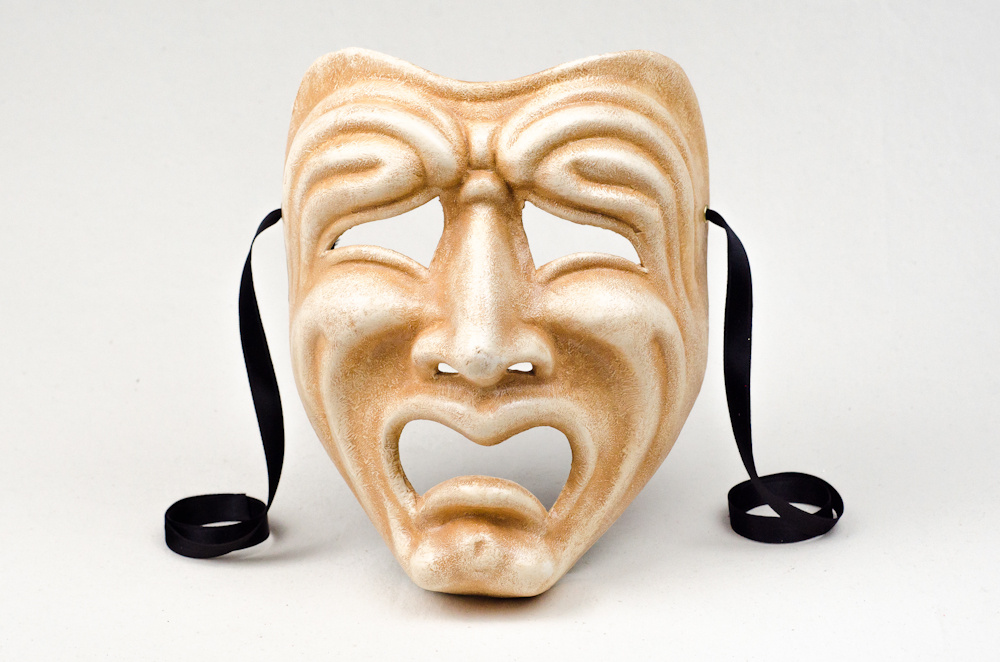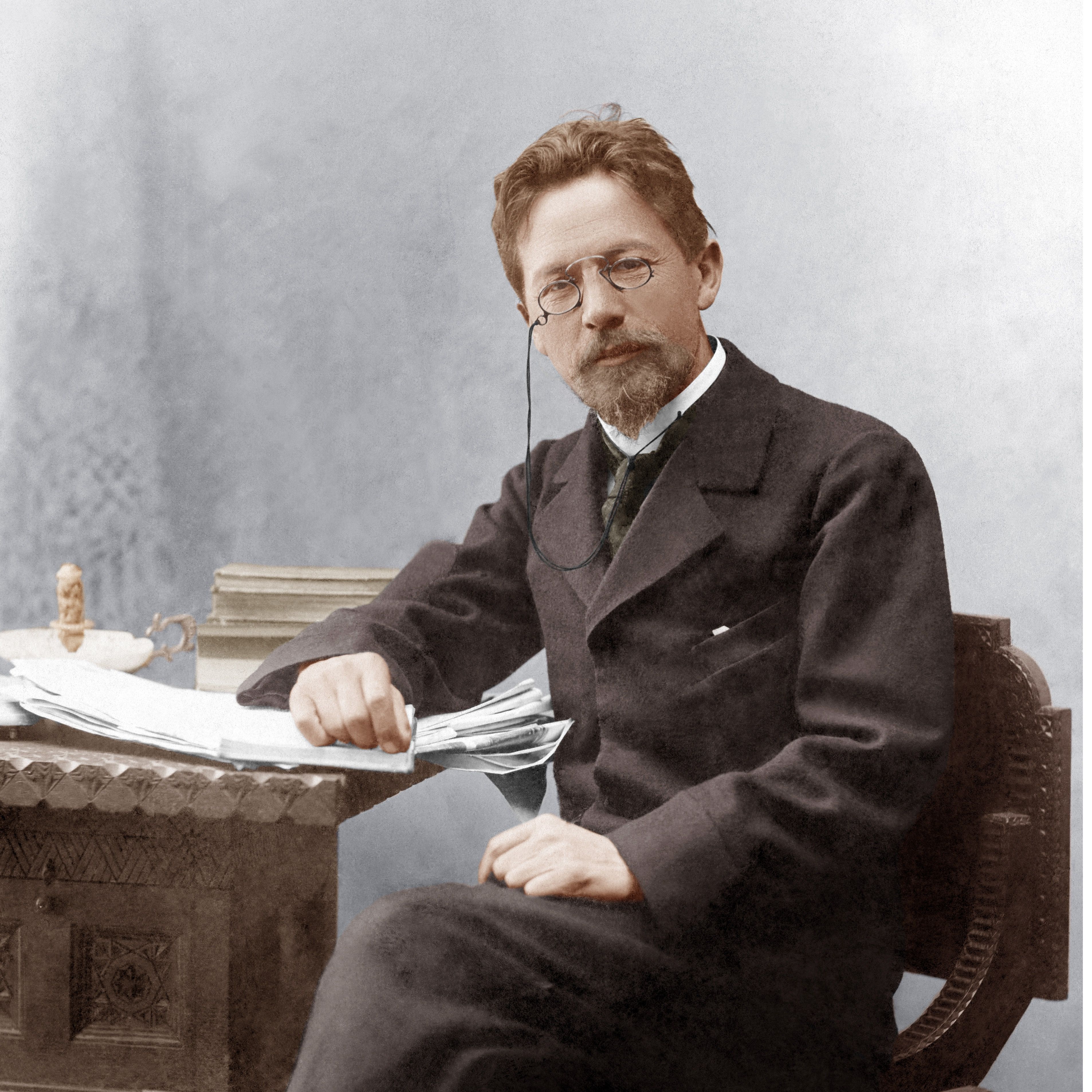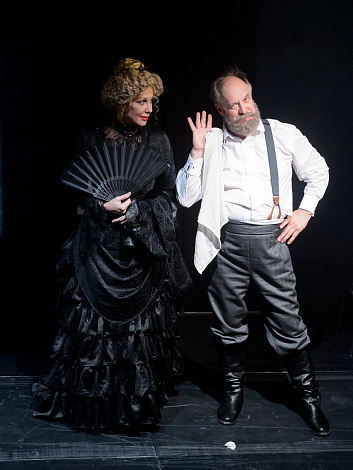Introduction to Drama
The word
drama
derives from Greek verb
“dran”
which means
“to perform”
Drama Definition
Drama is a
story
presented in
dialogue form
by
actors
on
a stage
before
an audience
It is believed that drama originated from
ancient Greek
and medieval Christian religious
ceremonies
Aristotle
divided drama into
tragedy
and
comedy
a distinction valid for classical times
Tragedy
A play dealing with
tragic events
(suffering extreme distress or sorrow)
and having
an unhappy ending
especially one concerning
the downfall of the main character
Comedy
A professional entertainment consisting of
jokes and sketches, intended to make an audience laugh
A play in which the writer exposes, The social evils or the shortcomings and
follies of the people like pretension and hypocrisy.
The characters of a comedy also not serious. They have variety in their moods.
In comedies the characters ultimately triumph over adversity (difficulty) usually
has a happy ending.
Whether ancient or modern,
plays represent
a wide range of
emotions and views of the world.
The dramatist indicates his
moral attitudes
through the speeches and actions of the characters.
In learning drama
it is crucial to have an understanding of the
four
major elements of drama
namely
story
dialogue
action
character
Dramas or plays are written for
performance
Because of this, they are different in their nature
from novels or poetry
Reading a novel or poem is a private act
But
a drama is written so that
the lines might be spoken by actors in a public theatre, and it is shaped with
the conventions of
theatre in mind
So to learn to read a play is to learn to understand its potential as
theatre
If one does not see that potential in
the text, it will impoverish the text for the reader
Let’s look at the
four major
elements
of Drama
Story
The events in a drama
tell a story
The ability to understand the story would
be the basic desire of a person watching a drama
As learners of drama, it is
necessary to understand
not only
“what happens”
but also
“why”
This requires
an understanding of the
plot or the arrangement of events
in the story
Almost every play has
five
structural elements
exposition
complication
crisis
falling action
resolution
Exposition
This provides the essential
background information
It introduces the cast
begins the characterization
initiates the
action
Complication
This introduces and develops
the conflict
Crisis
This is the
turning point of
the play
when
the emotional
intensity is at its highest
It may involve
an event
leading to a decision
or
there may be
an open conflict
between
the protagonist and the antagonist
Falling action
and Resolution
In a
tragedy
falling action results from the
protagonist‘s loss of
control and a final catastrophe often appears inevitable
In a comedy
the plot itself overflows with complications where all the characters face
difficult situations
By an unexpected twist in the plot, these complications are often resolved
An effective resolution or denouement shows
the skill of the dramatist, as that is where he gets his message across
Dialogue
Dramatic dialogue is very different from the dialogues we exchange among us in
our day-to-day lives
Our everyday conversations, out of context, may not be interpreted correctly
due to direct
or indirect references to previous situations
Another feature of dramatic dialogue is that it
leaves out trivial details
Each utterance is meaningful because the
story in the drama should be
presented within 2 or 3 hours of stage time
Hence irrelevant details and unnecessary
repetitions
are left out.
On the other hand, dramatic dialogue should include sufficient
background information for the
audience
to find out without much difficulty the time,
place and circumstances of the action
(setting)
Some playwrights make use of a narrator
but others bring out the background
information gradually during the first act
Action
Sometimes the action in a play is indicated or suggested in the script
but as readers and learners of drama we may imagine
the characters to be
moving about with gestures and expressions
appropriate to the dialogue
Being aware of
the action and stage directions
would make the
understanding
wholesome
as these emphasize the
themes and characters
introduced in the dialogue
Character
Details of each character are conveyed to us in different ways
a) The name and physical appearance
(although not very reliable)
b) His/her behavior or patterns of action during play (E.g. mannerisms)
c) Through the dialogue and through asides or soliloquies and in the way a character
speaks
(word choice, grammar etc.)
d) How the
character responds to other characters.
e) What others say about a character
The understanding of a drama depends on
the extent to which the audience understands
the
personalities and motives of the major characters
Good characterization is a reflection of the
skill of the dramatist
How do we read drama?
Reading drama is not exactly the same as watching a play performed for
an audience
Your reading would not be coloured by the interpretations of directors and
actors
But there is other information that you
have to take into consideration for the correct understanding of a play
They are
a) Dramatis personae or the cast of characters
In a play, a list of characters
generally precedes the dialogue
This list may give short descriptions of the characters and their relationship
to other characters in the work
b) Some playwrights of the play give the setting or the time and place
of action at the beginning of the text
c) Instructions for the actors and the stage directions are given within
parentheses in the
body of the text
d) This (c) is to be followed very carefully because through these the reader imagines what would happen when the play is acted on stage
This sheds light on the characters and
would do justice to the intention of the playwright
The bear
by
Anton Chekhov
Playwright
Anton
Chekhov
Anton Pavlovich Chekhov who was born in 29 January 1860 was a Russian playwright and short-story writer who is considered to be among the greatest writers of short fiction in history.
His
career as a playwright produced four classics, and his best short stories are
held in high esteem by writers and critics. Along with Henrik Ibsen and August
Strindberg, Chekhov is often referred to as one of the three seminal
figures in the birth of early modernism in the theatre
His well-known literary contributions include The Seagull, Uncle Vanya , Three Sisters, The bear and the Cherry Orchard and so on. Most of his works centered upon the themes of serfdom, the rise of the middle class, the downfall of the feudal system, etc
Chekhov practiced as a medical doctor throughout most of his literary career. In 1888, Chekhov was given the Pushkin Prize, and after that, he was elected a member of the Society of Lovers of Russian Literature.
Chekhov
finally married an actress, Olga Knipper, who had performed in his plays in
1901. He died in Germany from tuberculosis on 15 July 1904.
The Play
Anton Chekhov’s classic play The Bear
revolves around two protagonists,
Popova
and Grigory Stepanovtch Smirnov.
It is a one act play and considered to be a
humorous paly or a comedy
It
is subtitled ‘Farce in One-Act’
Comedy is a play in which the writer exposes,
The social evils or the shortcomings and follies of the people like
pretension and hypocrisy. The characters of a comedy also not serious. They
have variety in their moods.
The Bear is a farce rather than an absurd play because it is
full of fun, fury, and boisterous noisy laughter. The behavior of the
characters is ridiculous, funny, emotional, and sentimental
A farce
A comic
dramatic work using buffoonery (behaviour that is ridiculous but
amusing) and horseplay (rough, boisterous play)and typically including crude
characterization and ludicrously (in a way that is Foolish
unreasonable )improbable situations
Chekhov
presents the richest segment of society in the best possible manner.
Source
Internet
English Literary Appreciations
Teachers manual












Comments
Post a Comment